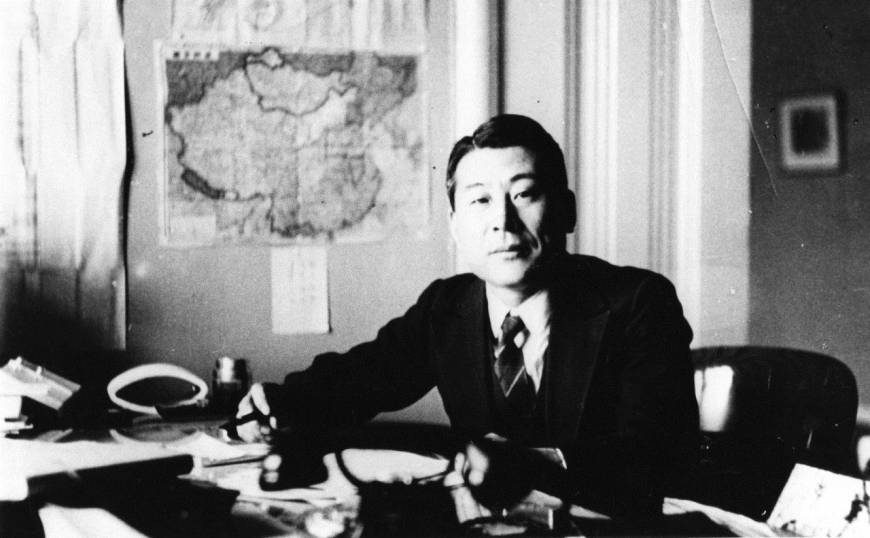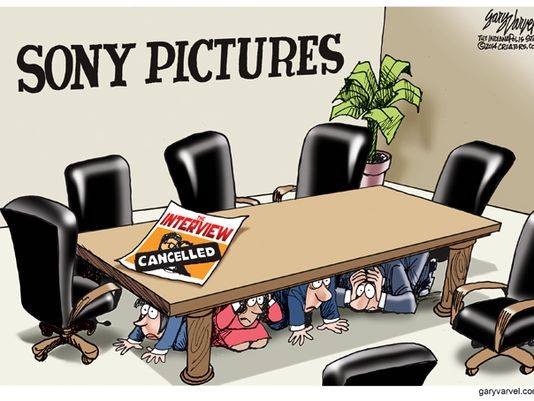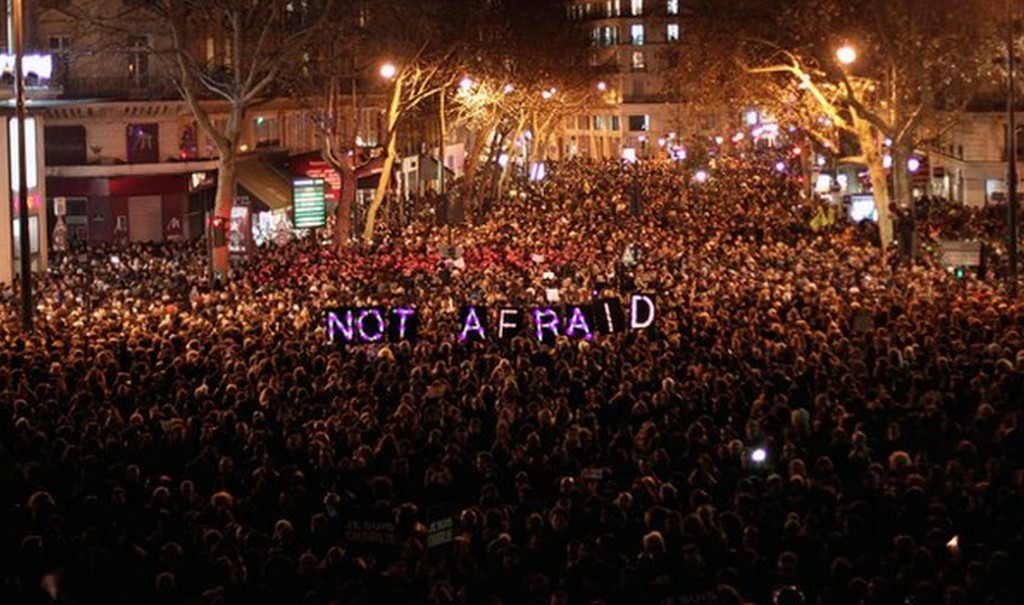During the 1970s to the 1990s, the shadowy figure known as the “Unabomber,” came to be the FBI’s most wanted terrorist. He mailed or hand-delivered 16 highly sophisticated bombs, killing 3 and injuring over 23 individuals, and at one point even had an entire airport grounded at the threat of a plane bomb. Although there was an eye witness sighting, Ted Kaczynski was able to evade the law for 17 years before he was finally caught; but it was an interesting road to get there.
The bombs themselves were a work of art (if you can call a vehicle for murder and bodily injury art). Kaczynski went to extreme lengths to prevent there from being any physical evidence on his bombs or packages to ensure that everything remained untraceable. He also would include misleading to clues to send the FBI in the wrong direction. The FBI began to bank on Kaczynski making a mistake as many criminals do, but he was far to smart for that. He never once left any finger prints or DNA evidence. He also would remove the skins of batteries, and even created his own epoxy to attach pieces together, so that no part of the bomb could be traced back to a purchase, and as a result could never be traced back to him.
The FBI was stumped, until the 1990s, when the Unabomber began sending letters. In 1995, the Unabomber sent letters to several media outlets requesting that his manifesto, Industrial Society and Its Future, be published, and when it was published, he would stop his terroristic acts. The manifesto was a shocking 35,000 words outlining how society should move away from technology and go back to tribal living.
Kaczynski brilliantly laid out an argument that technology is destabilizing, creates for an unfulfilling life, and causes suffering. He noted how humans spend a majority of their time working towards “surrogate activities” where they strive for goals that are not real, such as following sports teams. He also pointed out how human freedom has been lost at the hands of the technology which has come to nearly fully control human behavior. It was so powerfully-worded, that even the man working to catch him, was influenced by his words, and spent time living in nature and avoiding technology.
For anyone else, the manifesto could have just been a well-written persuasive argument. For Kaczynski, however, it was this piece of literature that ultimately sealed his fate and led to his arrest. The FBI chose to release the manifesto to the public in hopes that someone would come forward with a friend or family member who had expressed similar ideals to them. It worked, Kaczynski’s brother came forward. James Fitzgerald, one of the lead profilers on the case, used a new form of analysis known as linguistic forensics, to analyze the manifesto.
Many argued that this type of analysis was not strong enough evidence for an arrest in the Unabomber cases; that it was merely “circumstantial” and none of it would actually prove Kaczynski wrote it. Comparing it to other writing of Kaczynski’s that his brother gave to the FBI, they were able to fid irregular spellings, hyphenations, and linguistic idiosyncrasies that made it clear that Kaczynski was the author. While the linguistic comparison may have not been strong enough for an arrest, it was strong enough to get a search warrant for his cabin, which provided amble evidence that Kaczynski was indeed the Unabomber.
To this day, there are still some that do not believe the case was handled fairly, and that the FBI cut corners with their linguistic analysis to catch Kaczynski. However, it is true that every writer has a signature or a “voice” as children are taught in elementary school when they begin writing. As an artist, one may not even realize the stamp they are leaving behind with piece of literature because without a name it appears anonymous, but patterns easily form when the same person has wrote many pieces, such as different spellings or sentence structures that occur across all of them. Linguistic analysis seemed crucial to this case, and will likely continue to be crucial, when the only solid evidence they have are original writings. If one puts there work out there, and they are a suspect in a crime, it is only fair that their work becomes evidence in identifying them. It may not seem like solid physical evidence, but it is their artistic “fingerprint.”









